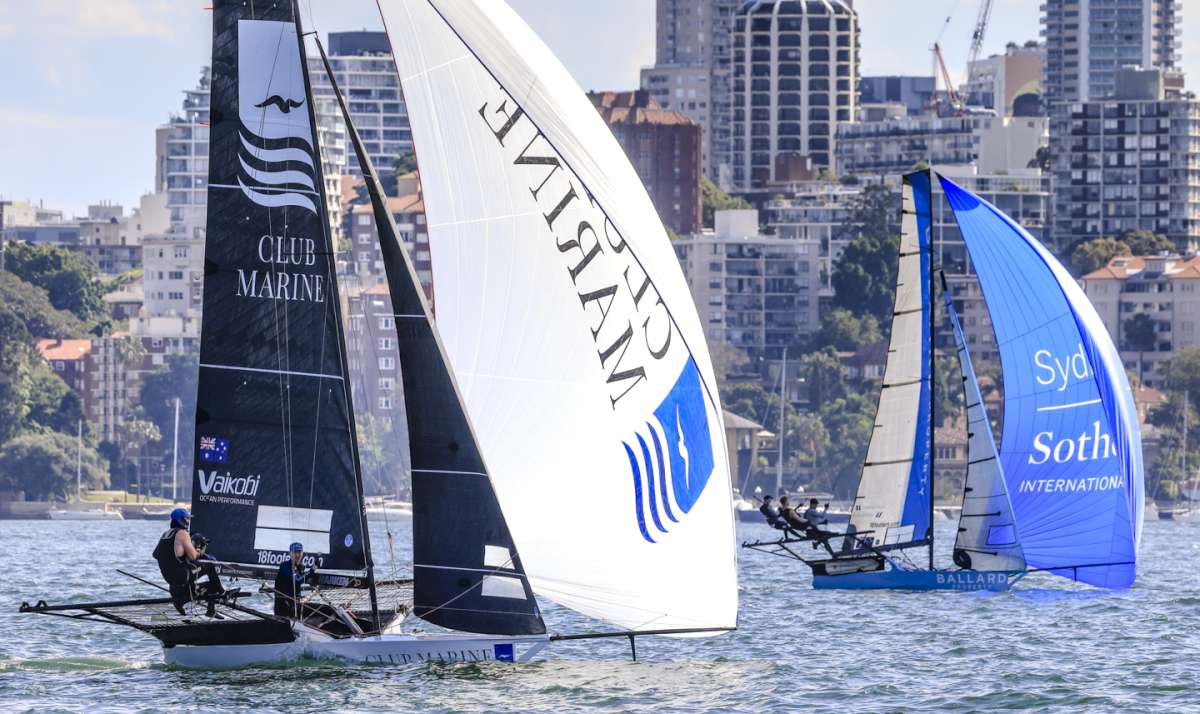The Atlantic CityLab. By John Metcalfe.
We know the oceans are home to tons of plastic garbage, from discarded nylon fishing nets that ensnare sea turtles to packing straps that strangle the life out of marine mammals. But because all that plastic is coming from everywhere, it's difficult to tell how much of it, exactly, is floating around—an important question, given its pernicious effects on the ecosystem and possible toxic repercussions to humanity's dinner plate.
Thanks to an international research effort spanning six years, we now have a much better idea of the sheer bulk of plastic water pollution. The minimum count is 5.25 trillion plastic particles littering the seas, say scientists in a new study in PLOS ONE. All those teeny bits—the result of the gradual breakdown of larger plastics, as well as escaped nurdles and microbeads used in cosmetics—add up to 269,000 tons, or about the weight of 2,150 adult blue whales.
The researchers arrived at these figures after analyzing two-dozen expeditions in five “subtropical gyres,” large, swirling zones in the South Pacific, Indian Ocean, and elsewhere. The numbers were smaller than they expected to see at the water's surface, which they put down to removal processes that could include “UV degradation, biodegradation, ingestion by organisms, decreased buoyancy due to fouling organisms, entrainment in settling detritus, and beaching.” In regards to “ingestion,” they theorize that fish and other animals are gulping up the plastic because they believe it's food, and then pooping it out in “fecal pellets” that sink into lower waters where it's harder to detect.
Continue reading here.

























